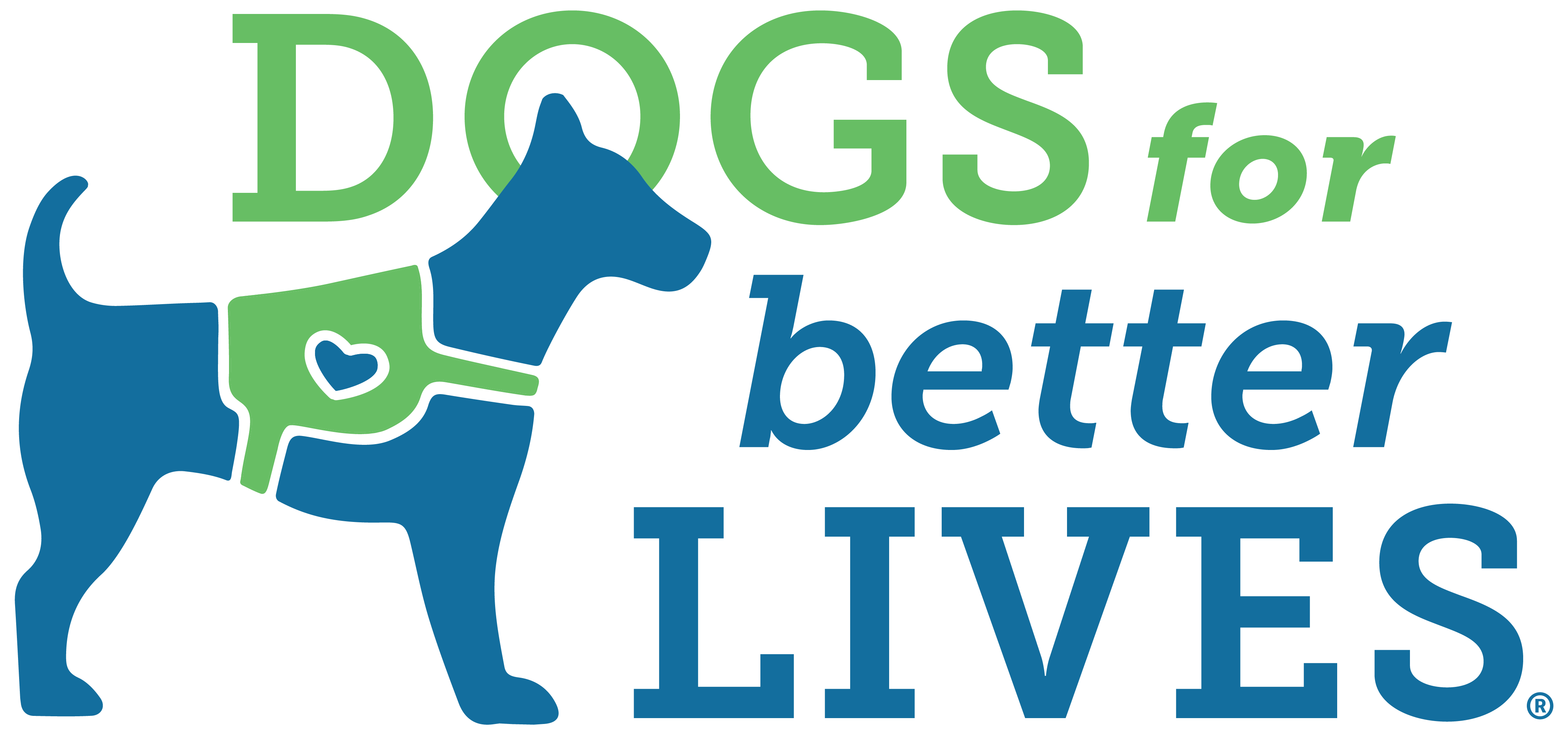For many, spring is a happy season! While we welcome the longer days and warmer weather, unfortunately for some of our canine friends, spring also spells the return of dog seasonal allergies.
Dog seasonal allergies can be experienced year-round, but more pets experience the effects during spring and summer. These can be triggered by exposure to environmental allergens such as pollen and grass, just like in people.
Although the triggers for allergic reactions vary, the most common ones include dust, mold spores, flea bites, pollen, and dust mites.
Signs Your Furry Friend May be Suffering From Dog Seasonal Allergies
While scratching is a common behavior from time to time, once you notice they’re scratching more than their usual, it could be a sign that they are suffering from allergies. Below are other things that may indicate your canine friend is suffering from allergic reactions:
- Excessive licking of paws. Because the skin feels itchy, dogs will try to ease the discomfort by any means possible. One of these is through licking the itchy part.
- Runny eyes. A common symptom of allergy in humans is watery eyes. It’s the same with dogs too. Your pooch might have encountered a face full of dust, and the tear ducts are working overtime to get rid of the irritants.
- Red and irritated skin. Because of the constant itch, your canine buddy may be frantically trying to scratch himself, resulting in highly irritated-looking skin that is tender to the touch.
- Constant rubbing against surfaces. Rubbing the face and body against surfaces around them, such as the furniture, carpet, or walls, may be a sign that your pet is trying to relieve himself of the itchiness he/she is feeling.
What You Can Do To Ease Symptoms of Dog Seasonal Allergies
Allergies can be maddening for your pet. To lessen the symptoms once you determine your dog has allergies, try some of the methods below:
- If your dog is allergic to flea bites, speak with your veterinarian for a recommendation on flea prevention products. There are a variety of ways to prevent flea bites, including some natural solutions.
- Bathe your dog at least once every five to seven days to remove the allergens from his body and coat. If your dog has spent some time outside, wipe him or her down before coming indoors. Pay particular attention to the ears, paws, ankles, face, underarms, and groin.
- Vacuum and clean floors frequently, especially in the areas where your pet spends the most time, to keep them allergen-free.
- Wash dog bedding and soft toys regularly.
- Try adding Omega-3 into your pup’s diet to help decrease the inflammation and to strengthen skin and coat health.
Home Remedies for Dog Allergies
You can also mix a few natural remedies for your furry friend in your home. These will help lessen symptoms, and hopefully give your pet much-needed relief throughout the allergy season.
1. Colloidal Oatmeal Baths
Since oatmeal has been found to protect the skin from irritation and soothe itching, an oatmeal bath is a wonderful way for your dog to get some relief from allergic reactions.
What to do: Grind up about a cup of oatmeal to a fine powder. Mix with warm water (the water should turn milky and feel silky) and let your canine buddy soak in it for about ten minutes. You can also mix the oatmeal as a paste and apply it directly to the itchy areas.
2. Chamomile Tea Rinse
Chamomile is known to soothe stomach cramps and inflammation, and also works as an anti-irritant when used topically.
What to do: Brew a strong cup of chamomile tea and let it cool down. Pour into a spray bottle and spray liberally onto inflamed skin. Don’t worry, it doesn’t sting. For a more cooling effect, place the tea in the fridge before using it.
3. Baking Soda Paste
Baking soda is known to soothe itching, dry up rashes on the skin, and lessen inflammation.
What to do: Make a thick paste by mixing equal parts of baking soda and water. Apply to all the itchy areas and leave on for 20 minutes. Rinse off completely. If your pup’s itch isn’t limited to a few areas, it might be better to add a cup of baking soda to his bath instead for all-over itch relief.
4. Apple Cider Vinegar Wash
Apple cider vinegar contains antimicrobial properties. It functions perfectly as a wash or rinse for itchy skin.
What to do: Pour equal parts of apple cider vinegar and water into a spray bottle. Use it as a rinse for the paws and other parts of the body that seem irritated and raw. Make sure that you don’t apply it to open wounds, cuts, or scrapes — this can be extremely painful to your pet and make symptoms worse.
When To See The Vet About Dog Seasonal Allergies
Dog allergies are manageable for the most part, as long as you put preventative measures in place and treat problem areas. However, if your dog shows any of the following symptoms, it may be time to visit the vet:
- Loss of appetite
- Development of a skin or ear infection
- Hair loss
- Open sores or hot spots
- Itching does not go away
- Restlessness or depression
Depending on the severity, your vet may prescribe treatments ranging from antihistamines and steroids to immunotherapy.


